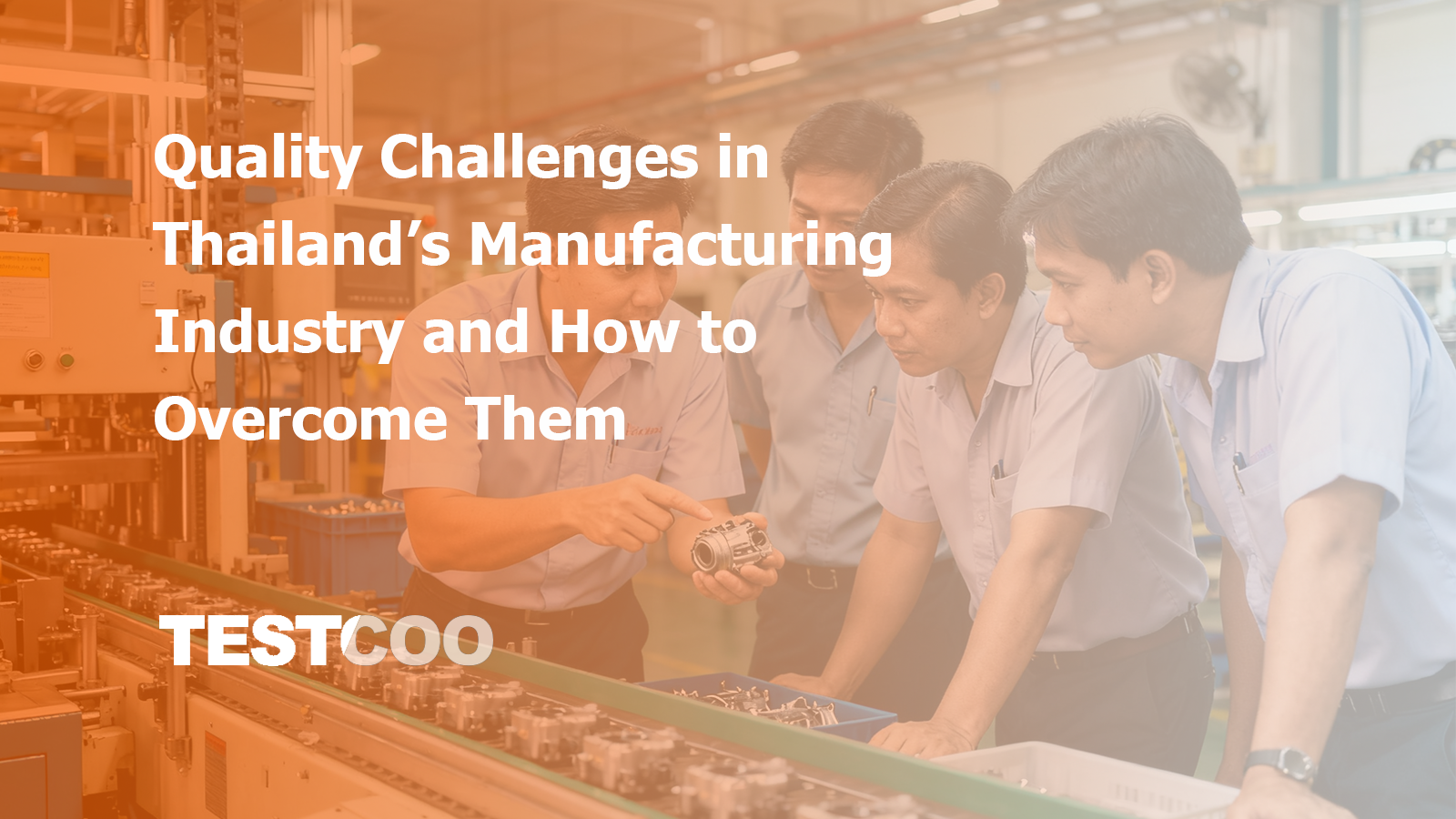AI in Manufacturing Quality Control: A New Era of Precision
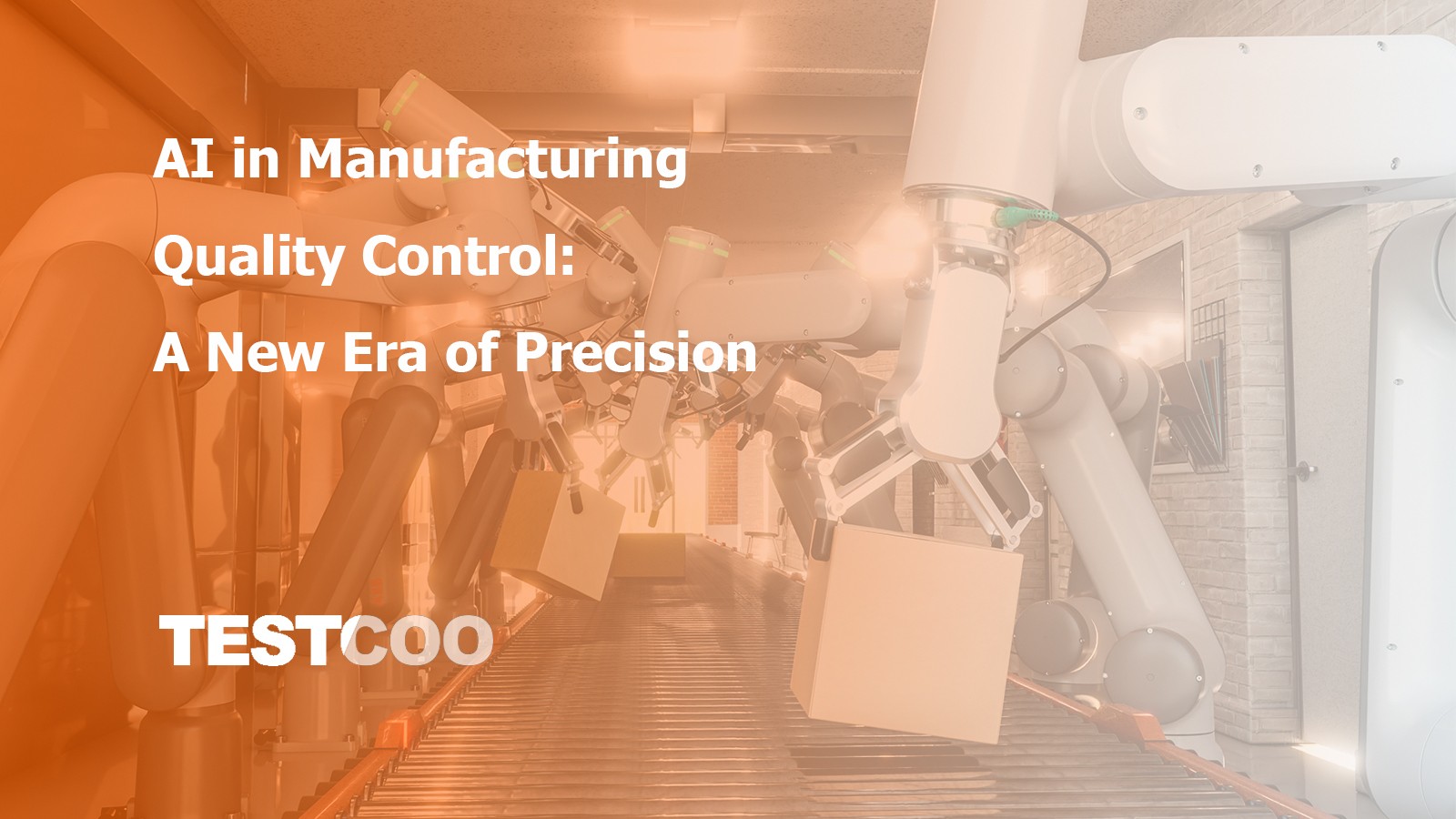
In the manufacturing industry, quality control is the linchpin that upholds the integrity of products and the reputation of companies. It serves as the vigilant gatekeeper, ensuring that every item rolling off the production line meets, if not exceeds, the established standards of quality. High-quality products are not only a testament to a company's commitment to excellence but also a key factor in building customer trust, enhancing brand loyalty, and driving business success in a highly competitive global marketplace.
Traditionally, quality control in manufacturing has relied heavily on manual inspection methods. Workers would painstakingly examine products, piece by piece, looking for defects, measuring dimensions, and checking functionality. However, this approach has its limitations. Manual inspection is time-consuming, labor-intensive, and highly susceptible to human error. Fatigue, distraction, and differences in individual judgment can all lead to inconsistent results, potentially allowing defective products to slip through the cracks.
Enter artificial intelligence (AI), a technological marvel that is revolutionizing the landscape of quality control in manufacturing. AI has the potential to transform the way manufacturers approach quality assurance, offering a level of precision, efficiency, and speed that was previously unimaginable. By harnessing the power of machine learning algorithms, deep neural networks, and data analytics, AI can analyze vast amounts of data in real-time, detect the slightest anomalies, and make accurate predictions about product quality. The impact of AI on quality control is not just incremental; it is a paradigm shift that is reshaping the manufacturing industry. In the following sections, we will explore in detail how AI is making this transformation possible.
Traditional Quality Control in Manufacturing: Challenges and Limitations
Manual Inspection: The Mainstay of the Past
For decades, manual inspection has been the cornerstone of quality control in manufacturing. Workers were trained to visually examine products, looking for surface flaws, such as scratches, dents, or uneven finishes. They would also use simple measuring tools like calipers and gauges to check dimensions, ensuring that parts fit together correctly during assembly. For instance, in a furniture manufacturing plant, workers would run their hands along the edges of wooden tables to feel for any splinters or roughness and measure the length, width, and height of the tabletop to match the design specifications.
Inherent Inefficiencies
However, this traditional approach comes with a host of inefficiencies. First and foremost, it is extremely time-consuming. In a high-volume production line, manually inspecting each product can slow down the entire manufacturing process. Consider a smartphone assembly line that produces hundreds of devices per hour. If each phone requires a detailed manual inspection, the bottleneck created by the quality control stage can significantly reduce the overall output of the factory.
Moreover, manual inspection is labor-intensive. Manufacturers need to hire a large number of quality control inspectors, which increases labor costs. These costs are not only in the form of salaries but also include training expenses to ensure that inspectors are proficient in identifying defects. In addition, there are costs associated with providing a safe and comfortable working environment for these inspectors, further adding to the financial burden on the company.
Susceptibility to Human Error
Human error is another major drawback of manual quality control. Fatigue is a common factor that can lead to mistakes. After hours of repetitive inspection tasks, inspectors may become tired, causing them to miss even obvious defects. For example, in a clothing factory, an inspector who has been examining seams for an extended period may overlook a small tear due to fatigue.
Differences in individual judgment also play a role. What one inspector may consider an acceptable minor flaw, another may deem a major defect. This lack of consistency in defect assessment can lead to inconsistent product quality and customer dissatisfaction. For instance, in the automotive industry, one inspector might pass a car with a slightly misaligned bumper, thinking it is within an acceptable tolerance, while another inspector would reject the same car, leading to confusion and inefficiencies in the production process.
Limited Scope of Detection
Manual inspection also has limitations in terms of the types of defects it can detect. It is mainly focused on surface level and easily observable issues. Hidden defects, such as internal cracks in a metal component or flaws in the circuitry of an electronic device, are often difficult, if not impossible, to identify through manual methods alone. For example, in the production of airplane engine parts, internal stress fractures that could potentially lead to catastrophic failures may not be visible to the naked eye during a manual inspection. This means that defective products may be released into the market, posing risks to consumers and damaging the company's reputation.
In summary, traditional quality control methods in manufacturing, while having served the industry for a long time, are facing significant challenges in today's fast-paced, high volume production environment. The need for a more efficient, accurate, and cost effective solution has paved the way for the introduction of AI in quality control.
Read more: Why Traditional Quality Is Failing You

AI—Transforming Quality Control: Mechanisms and Advantages
Real-time Monitoring and Data Collection
AI, in combination with sensors and the Internet of Things (IoT), has revolutionized the way data is collected in manufacturing plants. Sensors are strategically placed throughout the production line, on equipment, and even on the products themselves. These sensors can capture a wide range of data, including temperature, pressure, vibration, humidity, and production speed. For example, in a steel manufacturing plant, sensors on the rolling mills can continuously monitor the temperature of the steel during the rolling process. This real-time temperature data is crucial, as even a slight deviation from the optimal temperature can affect the quality of the final steel product, such as its strength and durability.
The IoT then enables these sensors to communicate and transmit the collected data to a central system. This data forms a rich dataset that serves as the foundation for AI-based quality control. By analyzing this real-time data, AI algorithms can detect any anomalies or trends that may indicate a potential quality issue. For instance, if the vibration sensor on a manufacturing machine detects an unusual increase in vibration levels, the AI system can quickly flag it as a potential problem, perhaps indicating that the machine's bearings are wearing out. This early detection allows manufacturers to take corrective actions promptly, preventing further damage to the equipment and ensuring the production of high-quality products.
Advanced Image and Signal Processing for Defect Detection
One of the most remarkable capabilities of AI in quality control is its proficiency in advanced image and signal processing. In the context of image processing, AI powered machine vision systems are widely used to detect product defects. High - resolution cameras are installed along the production line to capture images of products as they move. These images are then fed into AI algorithms, often based on deep - learning neural networks such as convolutional neural networks (CNNs).
CNNs are designed to automatically learn and extract features from images. For example, in the production of semiconductor chips, which are extremely small and complex, AI-based machine vision can detect minuscule defects like tiny cracks, missing components, or incorrect soldering points. The AI system has been trained on a vast dataset of both defective and non-defective chip images. It can accurately identify patterns that are characteristic of defects, even if they are barely visible to the human eye. This level of precision is far beyond what manual inspection can achieve, especially when dealing with high volume production and intricate products.
AI also excels in signal processing for defect detection. In industries such as automotive manufacturing, sensors can pick up acoustic or electrical signals from components. AI algorithms can analyze these signals to detect hidden defects. For example, a sensor in an engine can detect abnormal vibrations or electrical signals that may indicate a problem with the engine's internal components, such as a misfiring piston or a faulty sensor. By analyzing these signals in real-time, AI can identify the root cause of the problem and provide recommendations for corrective actions.
Predictive Analytics and Preventive Maintenance
AI's predictive analytics capabilities have transformed the approach to equipment maintenance and product quality management. By analyzing historical and real-time data, AI algorithms can predict when equipment is likely to fail or when product quality issues are likely to occur. In terms of equipment maintenance, AI can analyze data from sensors on manufacturing equipment, including data on temperature, vibration, and power consumption.
For example, in a large-scale food processing plant, the conveyor belts are critical components. AI can analyze the historical data of the conveyor belts' performance, such as how often they have been repaired in the past, the types of failures that have occurred, and the operating conditions under which these failures happened. By combining this historical data with real-time sensor data, AI can predict when a conveyor belt is likely to break down. This allows the plant to schedule maintenance during non-peak production times, reducing the risk of unplanned downtime, which can be extremely costly in terms of lost production and revenue.
When it comes to product quality, AI can analyze data from various stages of the production process to predict quality issues. For example, in a beverage bottling plant, AI can analyze data on the raw materials, such as the quality of the water, the concentration of the beverage ingredients, and the temperature and pressure during the bottling process. Based on this analysis, AI can predict if the final bottled beverages are likely to have issues such as incorrect filling levels, inconsistent taste, or problems with the bottle seals. Manufacturers can then take proactive measures, such as adjusting the production process or conducting additional quality checks, to prevent these quality issues from occurring.
Quality Control Optimization through Machine Learning Algorithms
Machine learning algorithms play a pivotal role in optimizing the quality control process. These algorithms can analyze large volumes of data from different sources, including production line data, quality inspection results, and customer feedback. By learning from this data, machine learning algorithms can automatically adjust production parameters to improve product quality.
For example, in a plastics manufacturing plant, the quality of the plastic products can be affected by factors such as the temperature and pressure during the molding process, the speed of the production line, and the quality of the raw plastic materials. Machine learning algorithms can analyze historical data on these factors and the corresponding quality of the plastic products. Based on this analysis, the algorithms can determine the optimal production parameters for different types of plastic products. If the quality of the raw materials changes slightly, the machine learning algorithm can automatically adjust the temperature and pressure settings of the molding machine to ensure that the final plastic products meet the quality standards.
Moreover, machine learning algorithms can also be used to optimize the sampling and inspection processes. Instead of relying on fixed sampling rates, the algorithms can analyze the production data in real-time and determine the optimal sampling frequency based on the likelihood of quality issues. For example, if the production process shows signs of instability, the algorithm can increase the sampling frequency to closely monitor the product quality, while during stable production periods, the sampling frequency can be reduced, saving time and resources without compromising the quality control effectiveness.
Challenges and Solutions in Implementing AI for Quality Control
Technical Hurdles
Implementing AI for quality control in manufacturing is not without its technical challenges. One of the primary issues is data quality. AI algorithms rely heavily on high-quality data for accurate training and prediction. In a manufacturing environment, data can be noisy, incomplete, or inaccurate. For example, sensor data may be affected by environmental factors such as electromagnetic interference, leading to incorrect readings. To address this, manufacturers need to invest in data pre-processing techniques. This includes data cleaning, where incorrect or inconsistent data is removed or corrected. Data normalization can also be used to standardize data formats and scales, ensuring that all data points are comparable. Additionally, implementing data validation procedures during data collection can help to ensure that only high - quality data is fed into the AI system.
Another technical challenge is the complexity of AI algorithms. Many advanced AI algorithms, such as deep-learning neural networks, are highly complex and require significant computational resources. Training these algorithms can be time-consuming and resource-intensive, especially when dealing with large datasets. To overcome this, manufacturers can consider using cloud-based computing services. Cloud providers offer scalable computing resources, allowing manufacturers to rent the necessary computing power only when needed. This reduces the need for significant upfront investment in hardware infrastructure. Additionally, using pre-trained models can save time and computational resources. These pre-trained models can be fine-tuned with the manufacturer's own data, rather than starting the training process from scratch.
System integration is also a significant hurdle. Integrating AI-based quality control systems with existing manufacturing infrastructure, such as production line equipment, enterprise resource planning (ERP) systems, and manufacturing execution systems (MES), can be a complex task. Compatibility issues may arise between different systems, and data transfer and communication protocols may need to be standardized. To solve this, manufacturers should follow industry-standard integration practices. For example, using open-source integration frameworks can simplify the integration process. These frameworks provide pre-built connectors and tools for integrating different systems. Also, involving IT professionals and system integrators early in the implementation process can help to ensure a smooth integration. They can assess the existing infrastructure, identify potential integration points, and develop a comprehensive integration plan.
Workforce Adaptation
The introduction of AI in quality control also brings about challenges in terms of workforce adaptation. Many employees in manufacturing plants are accustomed to traditional quality control methods, and the shift to AI-based systems can be intimidating. They may lack the necessary skills to operate, maintain, and interpret the results of AI-powered quality control tools. For example, workers who are used to manual inspection may not be familiar with the operation of machine vision cameras and the analysis of AI - generated defect reports.
To help employees adapt, comprehensive training programs are essential. These training programs should cover a wide range of topics, including the basics of AI and machine learning, how AI-based quality control systems work, and how to interact with these systems in a practical work setting. For instance, employees can be trained on how to set up and calibrate AI - powered sensors, how to monitor the performance of the AI system, and how to respond to alerts generated by the system. On-the-job training can be particularly effective, where employees learn while working alongside experienced trainers or mentors. This allows them to apply the knowledge they have learned in a real-world manufacturing environment.
In addition to training, re-education initiatives can also play a crucial role. Some employees may need to undergo more in-depth re-education to transition into new roles related to AI-based quality control. For example, quality control inspectors may need to learn data analysis skills to better understand the insights provided by AI algorithms. Offering educational incentives, such as tuition reimbursement for relevant courses or certifications, can encourage employees to participate in re-education programs. This not only helps the employees to upskill but also benefits the company by having a more knowledgeable and adaptable workforce.
Moreover, creating a culture of continuous learning within the organization is vital. This can be achieved by promoting knowledge sharing among employees, organizing regular workshops and seminars on emerging technologies, and providing access to online learning resources. By fostering a learning-friendly environment, employees will be more open to learning new skills and adapting to the changes brought about by AI in quality control.

Ethical and Regulatory Considerations
AI in quality control also raises important ethical and regulatory considerations. One of the key ethical issues is data privacy. In the process of collecting and using data for quality control, manufacturers need to ensure the privacy and security of the data. This includes protecting the personal information of employees, customers, and suppliers, as well as any sensitive business data. For example, if AI-based quality control systems collect data from employees' workstations, proper safeguards must be in place to prevent unauthorized access to this data. To address this, manufacturers should implement strict data protection policies. These policies should clearly define how data is collected, stored, accessed, and shared. Encryption techniques can be used to protect data during transmission and storage, and access to data should be restricted to authorized personnel only.
Another ethical concern is algorithm bias. AI algorithms are only as unbiased as the data they are trained on. If the training data contains biases, such as a disproportionate representation of certain product types or production conditions, the AI system may produce biased results. For example, an AI - based defect detection system that is trained mainly on data from a particular production shift may be more likely to detect defects in products produced during that shift, leading to unfair treatment of workers or suppliers associated with other shifts. To mitigate algorithm bias, manufacturers should carefully curate the training data. This involves ensuring that the data is representative of all relevant product types, production conditions, and demographics. Regular audits of the AI system's performance can also be conducted to detect and correct any signs of bias.
From a regulatory perspective, manufacturers need to comply with a variety of laws and regulations when using AI in quality control. These regulations may vary by industry and region but can include data protection laws, such as the General Data Protection Regulation (GDPR) in the European Union, and industry-specific quality and safety regulations. For example, in the medical device manufacturing industry, AI-based quality control systems must comply with strict regulatory requirements to ensure the safety and effectiveness of the devices. Failure to comply with these regulations can result in significant legal and financial consequences. Therefore, it is essential for manufacturers to stay informed about the relevant regulations and ensure that their AI-based quality control practices are in line with these requirements. This may involve working closely with legal and compliance teams to develop and implement compliant AI strategies.
Read more about the chanllenes in AI implementatin and solutions.
Future Prospects of AI in Manufacturing Quality Control
The future of AI in manufacturing quality control is brimming with potential, as it continues to evolve and integrate with other emerging technologies. One of the most significant trends is the convergence of AI with the Internet of Things (IoT), blockchain, and 5G technology.
As the IoT continues to expand, the number of connected devices in manufacturing plants will grow exponentially. AI will play a crucial role in processing and analyzing the vast amounts of data generated by these devices. For example, in a smart factory of the future, every machine, tool, and product could be equipped with sensors that continuously transmit data on their status, performance, and environmental conditions. AI algorithms will be able to analyze this data in real-time, not only for quality control but also for overall factory optimization. This could lead to self-adjusting production lines that can automatically adapt to changes in raw material quality, equipment performance, or market demand, further reducing waste and improving product quality.
Blockchain technology, known for its security and transparency, can be integrated with AI-based quality control systems. Blockchain can provide an immutable record of all quality-related data, from the source of raw materials to the final product inspection. This can enhance supply chain traceability, which is crucial for quality control. For example, if a quality issue is detected in a finished product, manufacturers can use the blockchain-based system to trace back through every step of the production process, identifying the exact source of the problem, whether it was a faulty batch of raw materials, a malfunctioning machine, or an error in the production process. This level of transparency can also build trust among consumers, as they can access the quality history of the products they purchase.
The advent of 5G technology will also have a profound impact on AI-driven quality control. 5G offers ultra-low latency, high-speed data transfer, and the ability to connect a massive number of devices simultaneously. This will enable real-time communication between AI-powered quality control systems, manufacturing equipment, and human operators, even in large-scale manufacturing facilities. For example, remote operators will be able to control and monitor manufacturing processes in real time, using high-definition video feeds and AI-generated insights. AI based quality control systems can also be updated instantaneously, ensuring that they are always using the latest algorithms and data models.
In addition to technological integrations, the application of AI in quality control is likely to expand into new manufacturing domains. For instance, in the emerging field of 3D printing, AI can be used to monitor the printing process in real-time, detecting defects such as layer delamination, incorrect extrusion, or porosity. By analyzing data from sensors on the 3D printer, AI can predict when a print is likely to fail and take corrective actions, such as adjusting the printing parameters or pausing the process for operator intervention.
Moreover, as AI technology becomes more accessible and cost-effective, small and medium-sized enterprises (SMEs) in the manufacturing sector will be able to adopt AI-based quality control solutions more easily. This could level the playing field, allowing SMEs to compete more effectively with larger corporations in terms of product quality. SMEs can use cloud-based AI platforms that offer pre-configured quality control algorithms, eliminating the need for significant in-house IT infrastructure and expertise.
In conclusion, the future of AI in manufacturing quality control holds great promise. With continued technological advancements and integrations, AI will not only enhance the quality and efficiency of manufacturing processes but also drive innovation and competitiveness in the global manufacturing industry.
Concluding Remarks
AI has indisputably become a catalyst for transformation in the realm of manufacturing quality control. It has addressed the long-standing challenges of traditional quality control methods, bringing about a new era of precision, efficiency, and reliability. From real-time monitoring and advanced defect detection to predictive analytics and optimized production parameters, AI has redefined the quality control landscape.
However, the journey of implementing AI in manufacturing is not without obstacles. Technical hurdles, workforce adaptation, and ethical and regulatory considerations must be navigated carefully. But with the right strategies in place, such as investing in data pre-processing, providing comprehensive training, and ensuring compliance, these challenges can be overcome.
The future of AI in manufacturing quality control holds even greater promise. As it continues to integrate with emerging technologies like IoT, blockchain, and 5G and expands its application to new manufacturing domains, AI will play an increasingly vital role in driving the manufacturing industry forward. It will enable manufacturers to produce higher-quality products, reduce waste, and enhance their competitiveness in the global market.
At Testcoo, we understand the transformative power of AI in manufacturing quality control. Our services are designed to help manufacturers seamlessly integrate AI - based quality control solutions into their existing operations. We offer a range of services, including AI-powered quality control system development, data analysis and pre-processing, and training and support for your workforce. With our expertise, you can unlock the full potential of AI in your manufacturing processes and stay ahead in this rapidly evolving technological landscape.
Introducing Our Services
At Testcoo, we are at the forefront of providing comprehensive AI-based quality control solutions for the manufacturing industry.
Our AI - powered quality control systems are designed with cutting-edge technology. We use state-of-the-art machine learning algorithms and advanced sensor integration to create a system that can adapt to the unique needs of different manufacturing processes. Whether you are in the automotive, electronics, or food industry, our systems can be customized to monitor your production lines in real-time, detect defects accurately, and provide actionable insights for process improvement.
Data is the lifeblood of AI, and we understand this well. That's why we offer in-depth data analysis and pre-processing services. Our team of data experts can clean, normalize, and analyze your manufacturing data to ensure that the AI algorithms are fed with high - quality information. This not only improves the accuracy of the AI system but also helps in uncovering hidden patterns and trends in your production data that can be used to optimize your quality control processes.
We also recognize that the successful implementation of AI in quality control is not just about technology but also about people. That's where our training and support services come in. We provide training programs for your employees, from operators to managers, to ensure that they are well-versed in using our AI-based quality control tools. Our support team is always on standby to answer any questions, troubleshoot issues, and provide technical assistance, ensuring that your AI-powered quality control operations run smoothly.
If you are looking to revolutionize your manufacturing quality control with AI, don't hesitate to reach out to us. Explore our services at Testcoo and take the first step towards a more efficient, accurate, and competitive manufacturing future.
Free Sample Report Performance Quality Control
Download a sample report to keep control of your supply chain!
Featured Articles
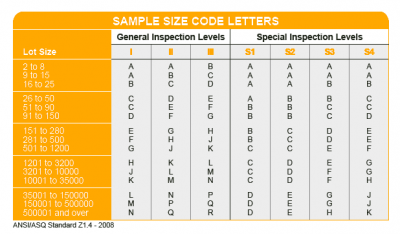 AQL Table | How to Read It
AQL Table | How to Read It TOP 10 Common Defects in Garments Quality Inspection
TOP 10 Common Defects in Garments Quality Inspection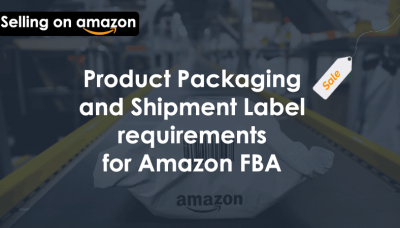 Product Packaging and Shipment Label requirements for Amazon FBA
Product Packaging and Shipment Label requirements for Amazon FBA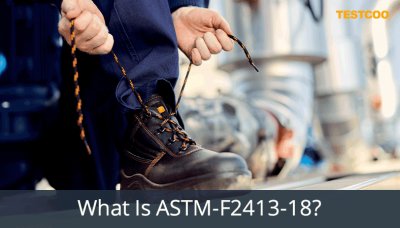 What Is ASTM-F2413-18? Protective Footwear Standard
What Is ASTM-F2413-18? Protective Footwear Standard How to Conduct Third-Party Quality Control Inspections for Electric Scooters
How to Conduct Third-Party Quality Control Inspections for Electric Scooters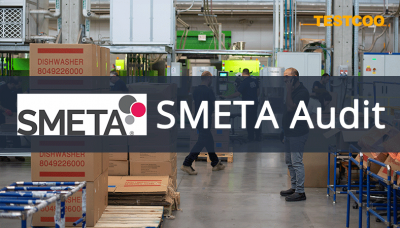 SMETA Audit-What is SMETA Audit?
SMETA Audit-What is SMETA Audit?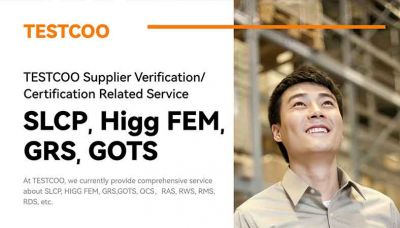 TESTCOO Supplier Verification/Certification Service SLCP, Higg FEM, GRS, GOTS
TESTCOO Supplier Verification/Certification Service SLCP, Higg FEM, GRS, GOTS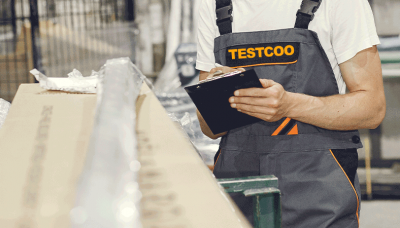 Quality Control Inspection Company in China
Quality Control Inspection Company in China What is Quality Inspection? A Complete Guide
What is Quality Inspection? A Complete Guide Guidelines for Product Inspection in India
Guidelines for Product Inspection in India
Category
- Production Inspection Service
- Factory Audit
- Softline Inspection
- Hardline Inspection
- Electrics Inspection
- Certification
- Checklist
- Manufacturers
- Quality Assurance Basics
- Products Recall
- AQL
- Guidence and Standard
- News
- Supplier Management
- Amazon
- Protective Equipment
- e-commerce quality control
- Indian Manufacturing
- Soft Goods Quality Control
- Supply Chain Management
- Supply Chain Resilience
- E-Commerce Quality Control
- ISO 2859
- Supply Chain Optimization
- Garment Industry
- Higg Index



